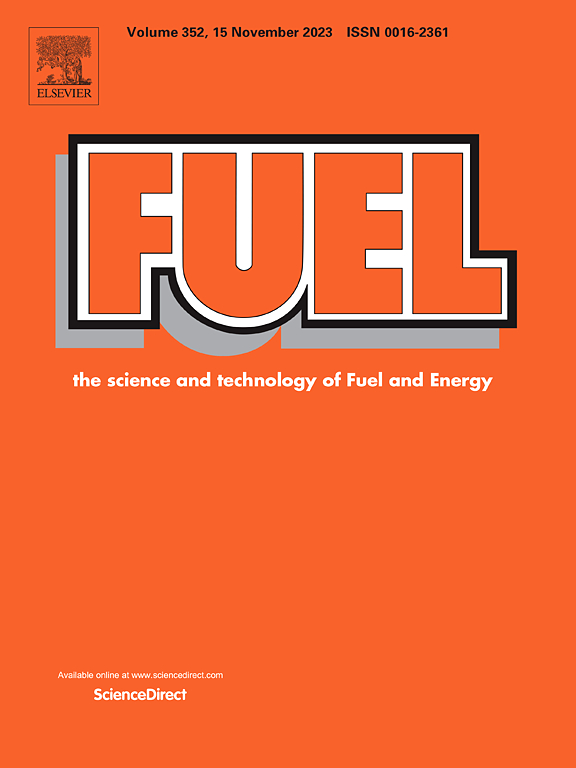Alkali/alkaline earth metals doped holey penta-hexagonal graphene for ultrahigh-performance CO2 capture and separation over N2/CH4
IF 6.7
1区 工程技术
Q2 ENERGY & FUELS
引用次数: 0
Abstract
Developing adsorbent materials with superior CO2 adsorption and separation capabilities is crucial for addressing pressing environmental challenges such as the greenhouse effect and global warming. Employing density functional theory and grand canonical Monte Carlo methods, this study evaluates the potential of two-dimensional holey penta-hexagonal graphene doped with alkali and alkaline-earth metals (AM-HPhGs, where AM = Li, Na, K, Mg, Ca) for CO2 adsorption and separation. Structural analyses reveal AM-HPhGs possess high binding energies (−2.12 to −5.15 eV) and high cohesive energies (6.37 to 6.77 eV/atom), reflecting their significant structural stability. Electronic structure analysis demonstrates robust covalent interactions, substantial charge transfer, pronounced electropositivity/electronegativity, and clear orbital overlapping between AM atoms and HPhG. These characteristics suggest robust interactions between AM atoms and HPhG, providing a stable and conducive environment for CO2 uptake. Moreover, incorporating AM atoms significantly enhances both CO2 adsorption capacities and selectivities in AM-HPhGs. Among AM-HPhG structures, Ca-HPhG demonstrates an outstanding CO2 adsorption capacity of 11.51 mmol g−1 and CO2 selectivity over CH4/N2 of 2385/1366 at 298 K and 1.0 bar, surpassing many reported metal-doped adsorbent materials. Analysis of gas distribution indicates that AM atom doping not only provides more effective CO2 adsorption sites on HPhG but also influences the distribution and packing pattern of CO2. Interaction analysis reveals that AM atom doping increases the affinity of the framework for CO2, thereby enhancing CO2-framework interactions. The CO2-framework isosteric heat, van der Waals, and Coulomb interactions surpass those between framework and CH4/N2, successfully accounting for the high CO2 adsorption performance and selectivity in AM-HPhGs. These findings suggest that AM-HPhGs, particularly Ca-HPhG, hold great promise as excellent CO2 adsorbent materials.

求助全文
约1分钟内获得全文
求助全文
来源期刊

Fuel
工程技术-工程:化工
CiteScore
12.80
自引率
20.30%
发文量
3506
审稿时长
64 days
期刊介绍:
The exploration of energy sources remains a critical matter of study. For the past nine decades, fuel has consistently held the forefront in primary research efforts within the field of energy science. This area of investigation encompasses a wide range of subjects, with a particular emphasis on emerging concerns like environmental factors and pollution.
 求助内容:
求助内容: 应助结果提醒方式:
应助结果提醒方式:


